This article was co-authored by Luba Lee, FNP-BC, MS. Luba Lee, FNP-BC is a Board-Certified Family Nurse Practitioner (FNP) and educator in Tennessee with over a decade of clinical experience. Luba has certifications in Pediatric Advanced Life Support (PALS), Emergency Medicine, Advanced Cardiac Life Support (ACLS), Team Building, and Critical Care Nursing. She received her Master of Science in Nursing (MSN) from the University of Tennessee in 2006.
There are 13 references cited in this article, which can be found at the bottom of the page.
wikiHow marks an article as reader-approved once it receives enough positive feedback. In this case, 100% of readers who voted found the article helpful, earning it our reader-approved status.
This article has been viewed 605,623 times.
According to the American College of Obstetricians and Gynecologists, more than 50% of people who have a period will suffer from cramps for at least 1-2 days.[1] Cramps can range from mildly uncomfortable to downright debilitating. There's no way to entirely avoid them, but it's possible to reduce cramps and make them more manageable and less severe. Read on to find out how.
Steps
Quick Relief
-
1Use a heating pad or a hot water bottle. Lie down and place the pad or bottle over the area that hurts. Just rest for about 20 minutes to half an hour and let the heat work its magic. Always wrap a heating pad in a thin cloth or towel to avoid burns.[2]
- If you don’t have a heating pad or hot water bottle, take a hot bath or shower.[3] Sprinkle in some lavender or rose bath beads or essential oils to help you relax even more.
-
2Give yourself a massage. Another great way to relax a tight muscle is to massage it. Place your hand over the area that hurts and gently press down. Knead the area for several minutes. Try to keep your body as relaxed as possible during the process. For extra relief, use a few drops of an essential oil, such as lavender or sage, mixed with your favorite lotion or body oil.[4]
- You can massage either your stomach or your back. Focus on the place where the pain seems to be sharpest.
- For an even more relaxing experience, have a partner do the massaging. Make sure they know not to press too hard.
- Always dilute essential oils, since putting them directly on your skin can cause irritation.
Advertisement -
3Brew an herbal tea. There are several herbs found in nature that have long been used to ease menstrual cramps. Brewing a pot of tea made from one of these herbs and sipping it slowly can temporarily relieve your pain. Check out a health food store or another store that sells herbs, and try the following teas:[5]
-
4Take pain medication. Taking an over-the-counter medication is one of the most effective ways to make cramps go away. Non-steroidal anti-inflammatory drugs (NSAIDs) such as ibuprofen (Motrin, Advil) and naproxen (Aleve) work quickly to take away the pain. You can find them in most drug stores.[8]
- Some pain medications, such as Pamprin or Midol, are designed for the specific purpose of relieving menstrual cramps and other menstrual pain. Many of these medications contain a combination of acetaminophen (Tylenol) and other medications, such as antihistamines.
- Take only the recommended dosage on the bottle. If your pain doesn't ease up after about an hour, try other methods for relieving your pain instead of taking more medicine.
-
5Try a magnesium supplement. Magnesium can help relax your muscles and reduce the pain of period cramps. It may also relieve other symptoms, like bloating and anxiety. Talk to your doctor about taking a magnesium supplement, and ask them to recommend the best dose for you.[9]
- Magnesium may work even better when combined with vitamin B6.
-
6Meditate to relieve stress. Stress and tension can make your cramps worse. Find a quiet spot and sit or lie down in a comfortable position. Close your eyes and just focus on the sensations of your chest and abdomen going in and out as you breathe. As you breathe out, try to release any tension that you feel throughout your body. After doing this for a few minutes, you should start to feel more relaxed.[10]
- In addition to relaxing your body, meditation and deep breathing will help take your mind off your pain.
-
7Have an orgasm. Orgasms can relieve the pain of period cramps since they relax the uterus and release feel-good chemicals called endorphins.[11] If you don’t have a partner to help you, take a moment to relax and have some solo fun!
- Those endorphins will not only relieve your pain, but they can also help boost your mood if you have the hormonal blues.
- While there hasn’t been a lot of research specifically on how orgasm helps with period cramps, it has been shown to reduce other forms of pain. For instance, sexual activity can relieve certain kinds of headaches.[12] It can also minimize the pain of contractions during childbirth.[13]
Prevention
-
1Drink less caffeine and alcohol. Many find that reducing their intake of these substances reduces the severity of cramps. In the days leading up to your period, ease up on the coffee and happy hour drinks. Try to avoid them entirely while you're actually feeling cramps.[14]
- If you have severe cramps, you may want to adopt a caffeine and alcohol-free lifestyle all month long, rather than just during your period.
- Try replacing coffee with black tea. You'll drastically decrease your caffeine intake, but it still contains enough to give you a little morning boost.
-
2Exercise more. Medical studies have shown that women who exercise more have less severe cramps. Exercising throughout the month will help keep your pain to a minimum, and continuing to exercise while you're actually feeling cramps can help loosen your muscles and make you feel better.[15]
- Do cardio exercise like running, swimming, and biking throughout the month.
- Add weight training to your routine, since it strengthens your muscles and improves overall health.
- While you're actually feeling cramps, lighter exercises like yoga or walking can help your cramps go away.
-
3Ask your doctor about taking vitamin supplements. Some supplements may help regulate your hormones and reduce inflammation. Before you start a new supplement, ask your doctor if it’s safe. Tell them about any other medications or supplements you’re currently taking, as well as any medical conditions or health concerns you may have. Some supplements that may help include:[16]
- Vitamin D
- Vitamin E
- Ginger
- Magnesium[17]
- Vitamin B6
-
4Consider taking hormonal birth control. Birth control contains estrogen and progestin, hormones that thin the uterine lining so that the uterus doesn't have to contract as much to release it. That means that women on birth control tend to have less severe cramps. To get birth control, see a health provider to get a prescription.[18]
- Hormonal birth control may be administered in the form of pills, shots, a vaginal ring, implant, an IUD (a small device inserted into your uterus), or a patch. Work with your doctor to choose the one that's right for you.
- Hormonal birth control is a strong drug that has side effects. Do plenty of research before deciding to take it as a way to relieve cramps.
Medical Treatments
-
1See your doctor if you have severe symptoms. For most people, menstrual cramping goes away after a few hours or a day. For others it can be a serious problem that interrupts regular life. If this is the case for you, the cramping may be a signal that a reproductive problem is actually what's causing the pain. See a physician if you experience the following:[19]
- Cramping that forces you to stay in bed rather than going to school, work, or completing your regular activities.
- Cramping that lasts more than 2 days.
- Cramping so painful that it causes you to have a migraine, feel nauseated, or vomit.
-
2Get tested for a reproductive disorder. Your physician will probably conduct tests to determine if you have a disorder that is causing your cramping to be abnormally severe. Do some research on the following reproductive disorders:[20]
- Endometriosis. This is a common condition in which the uterine lining is partly outside the uterus, which leads to a lot of pain.
- Fibroids. These are small tumors that can grow on the uterine wall and cause pain.
- Pelvic inflammatory disease. This is a type of infection that can cause severe pain.
-
3Ask about medical treatments if home remedies don’t work. If you have severe cramps and nothing seems to bring relief, your doctor might be able to help. Depending on what’s causing your cramps, they may recommend a variety of treatment approaches, such as:[21]
- Hormone treatments, such as hormonal birth control
- Surgery to remove fibroids or overgrown uterine tissue
- Physical therapy or biofeedback to help you relax through the pain
- Alternative treatments, such as acupuncture, acupressure, or trigger point massage
References
- ↑ https://www.acog.org/womens-health/faqs/dysmenorrhea-painful-periods
- ↑ https://intermountainhealthcare.org/blogs/topics/live-well/2018/10/how-to-relieve-painful-menstrual-cramps/
- ↑ https://www.mayoclinic.org/diseases-conditions/menstrual-cramps/diagnosis-treatment/drc-20374944
- ↑ https://www.uis.edu/healthservices/10-ways-to-relieve-period-cramps/
- ↑ https://www.uis.edu/healthservices/10-ways-to-relieve-period-cramps/
- ↑ https://www.ncbi.nlm.nih.gov/pmc/articles/PMC6970572/
- ↑ https://academic.oup.com/painmedicine/article/16/12/2243/2460294
- ↑ https://www.mayoclinic.org/diseases-conditions/menstrual-cramps/diagnosis-treatment/drc-20374944
- ↑ https://www.ncbi.nlm.nih.gov/pmc/articles/PMC3208934/
- ↑ https://health.clevelandclinic.org/how-you-can-ease-your-aches-and-pain-with-meditation/
- ↑ https://www.uis.edu/healthservices/10-ways-to-relieve-period-cramps/
- ↑ https://www.ncbi.nlm.nih.gov/pmc/articles/PMC2077391/
- ↑ https://pubmed.ncbi.nlm.nih.gov/26578553/
- ↑ https://my.clevelandclinic.org/health/diseases/4148-dysmenorrhea
- ↑ https://www.mayoclinic.org/diseases-conditions/menstrual-cramps/diagnosis-treatment/drc-20374944
- ↑ https://www.ncbi.nlm.nih.gov/pmc/articles/PMC6856484/
- ↑ https://www.ncbi.nlm.nih.gov/pmc/articles/PMC3208934/
- ↑ https://www.mayoclinic.org/diseases-conditions/menstrual-cramps/diagnosis-treatment/drc-20374944
- ↑ https://my.clevelandclinic.org/health/diseases/4148-dysmenorrhea
- ↑ https://www.mayoclinic.org/diseases-conditions/menstrual-cramps/symptoms-causes/syc-20374938
- ↑ https://www.mayoclinic.org/diseases-conditions/menstrual-cramps/diagnosis-treatment/drc-20374944
About This Article
To make menstrual cramps go away, consider taking an over the counter pain reliever for fast relief from menstrual pain. However, if your pain doesn’t ease up after 1 hour, use other methods for relieving pain instead of taking more medication. For example, try relaxing the muscles in your uterus by taking a hot bath, or by placing a heating pad or hot water bottle over your stomach for 20 to 30 minutes. Alternatively, lay down and massage your stomach for several minutes to help relax the uterus. For more advice, including how to make your cramps less painful through diet and exercise, keep reading.
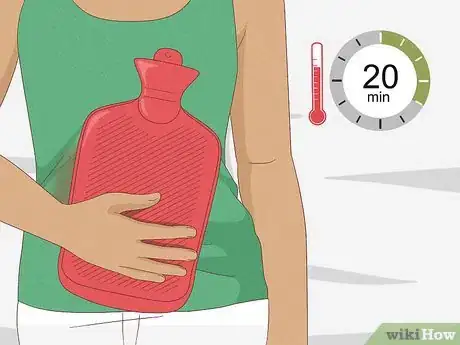
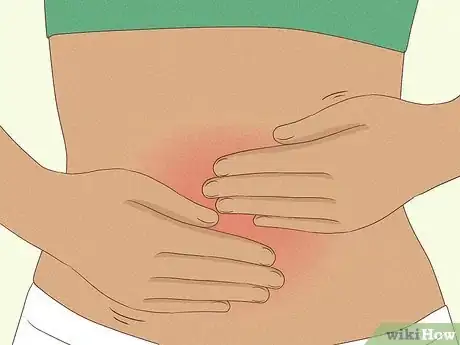
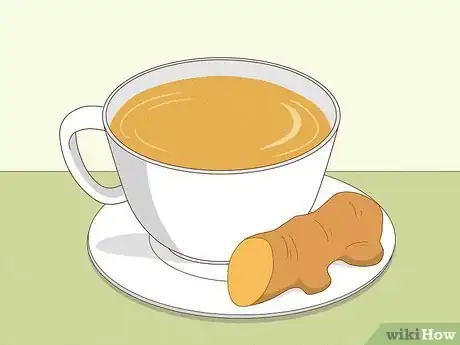
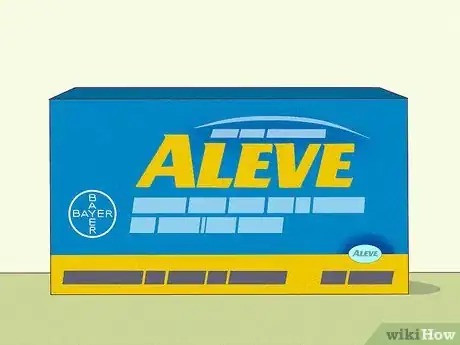
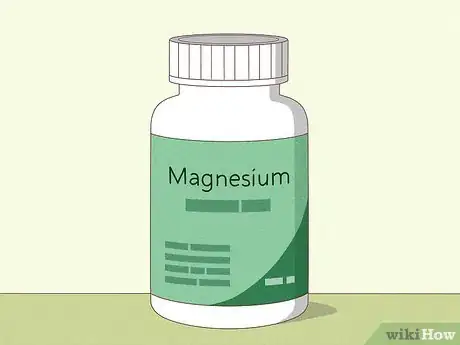
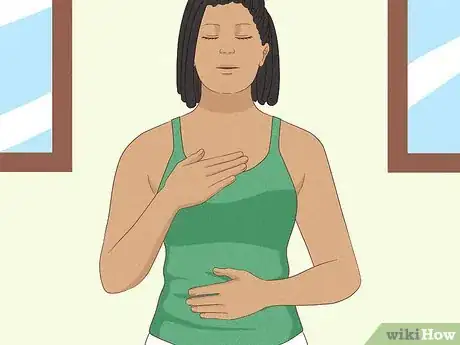
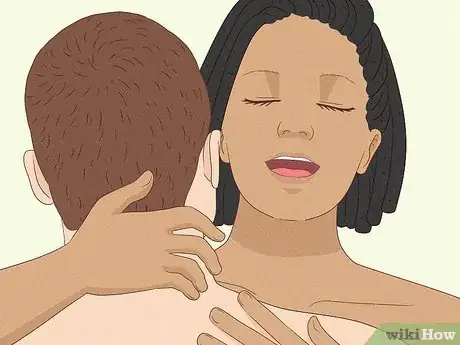
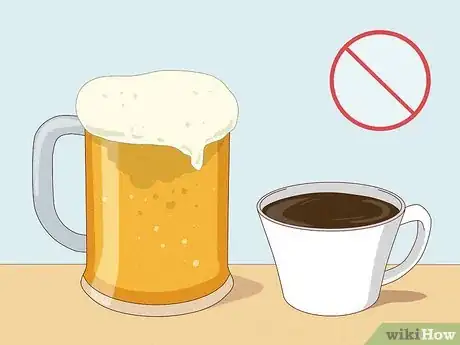
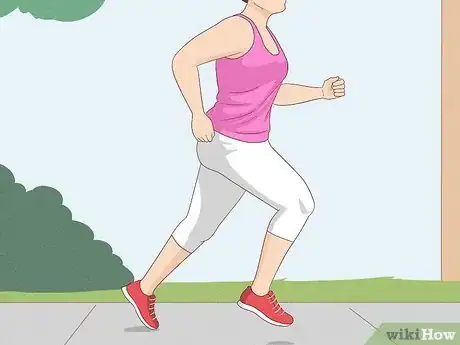
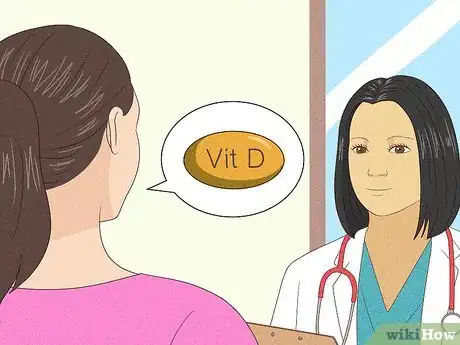
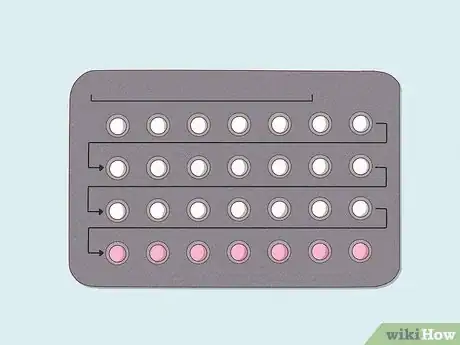
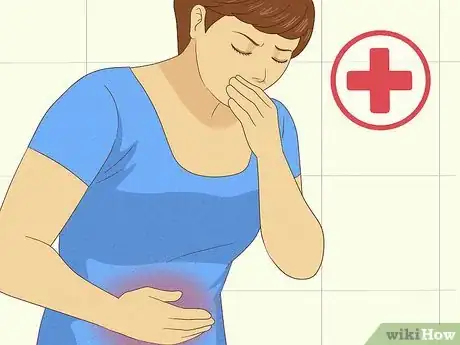
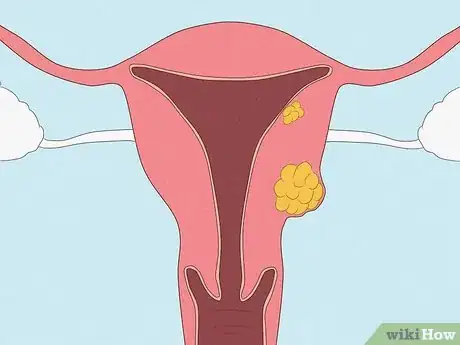
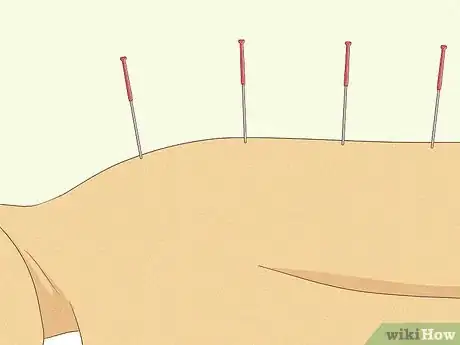
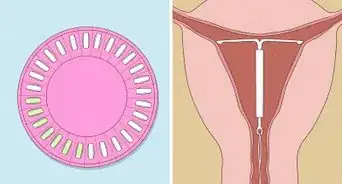
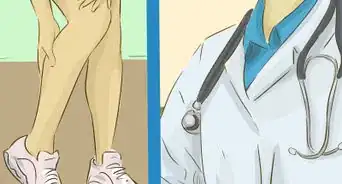
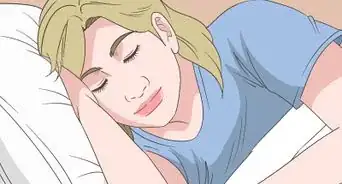
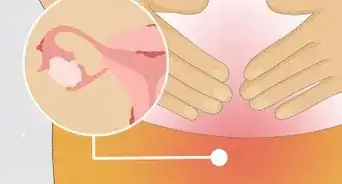
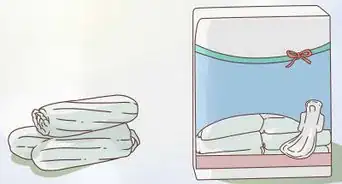
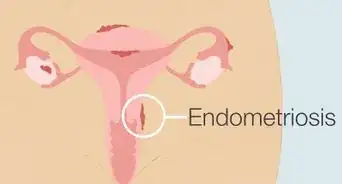
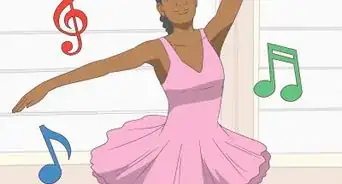
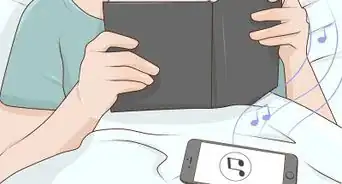
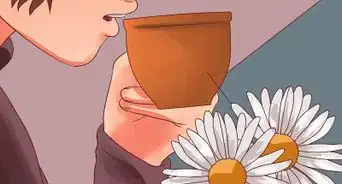
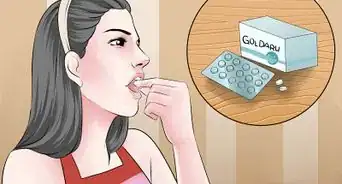









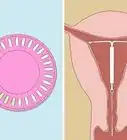
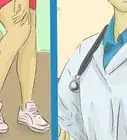
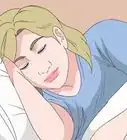
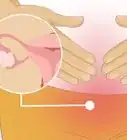



































Medical Disclaimer
The content of this article is not intended to be a substitute for professional medical advice, examination, diagnosis, or treatment. You should always contact your doctor or other qualified healthcare professional before starting, changing, or stopping any kind of health treatment.
Read More...